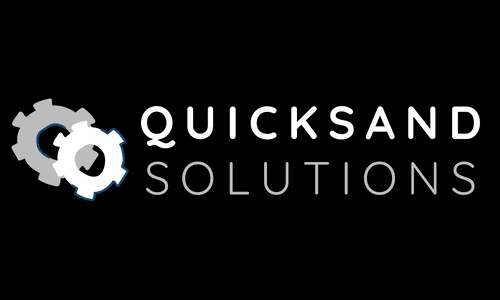Keyword Research is one of the more important SEO activities we will do when getting an SEO Plan put together.
Many businesses use Keyword Research to gain insights into terms they can rank highest for—which is not a bad thing—but the quest to rank high for the most searched phrases is not always the most efficient SEO strategy to take. This is because of what is called Keyword Intent.
What is Keyword Intent?
Keyword Intent refers to the reason a person searches a term. One can often determine the intent merely by being logical about what was searched for. For example, a search for “ESPN” is most likely Informational or Navigational. The user is likely just trying to find the ESPN website, or possibly learn about ESPN history on Wikipedia. If the search was changed to “ESPN subscription”, it is more likely this person is interested in signing up, this term is more Transactional. Some of the leading SEO thought leaders in the industry, like MOZ and Wordstream, use these categories:
- Informational – searches to find answers to questions, or to learn something
- Navigational – searches to find a specific website
- Transactional – searches to buy something
- Investigative – searches that are tied to commercial research that may or may not end up being transactional.
How to Prioritize Keyword Intent Categories:
Which of these categories matters the most to your business varies, but often we want to rank high for the Transactional searches first and foremost because that is where the money is. Still, some websites have different purposes and therefore the SEO strategy should be custom tailored to fit these needs.
I suggest to clients that they prioritize the different categories of Keyword Intent to make sure our research is focused in the right areas from the beginning.
1. Define what the core purpose of your website is.
For my website, I’ve decided the core purpose is to showcase my knowledge so that potential clients or employers see that I am legit. I want to earn trust.
2. Define what positive things can happen as a result of someone landing on your website.
Try to get at least 4, but you could do as many as you like. I would suggest ranking them. Here is my list of positive things that can happen as a result of getting people on my website:
- Calls or emails me about working on a project / job
- Learn something from me and see me as a resource (which eventually can lead to calling me about a project)
- Share my content on social media
- Link back to me on their website
- Increase my traffic, helping my SEO scores
3. Define how your business fits into the Keyword Intent Categories (as best you can).
Here is my list:
- Informational – Someone looking for Digital Marketing, SEO, and UX tips and tricks.
- Navigational – Someone searching for my name, trying to find me personally.
- Transactional – Someone searching for a freelancer or agency to hire.
- Investigative – Someone doing competitive research or a potential client who is comparing pricing.
4. Combine the Lists. Determine Positive Action Values.
Associate each positive thing to every category it applies to, with the number value associated to the rankings you made, then add them together. See my example below:
- Informational – Someone looking for Digital Marketing, SEO, and UX tips and tricks. 2 + 3 + 4 + 5 = 14
- Navigational – Someone searching for my name, trying to find me personally. 1 + 2 + 3 + 4 + 5 = 15
- Transactional – Someone searching for a freelancer or agency to hire. 1 + 2 + 5 = 8
- Investigative – Someone doing competitive research or a potential client who is comparing pricing. 1 + 5 = 6
5. Rank your Keyword Intent categories.
Take the Positive Action Values determined in the previous step and rank them from lowest to highest.
Core Purpose: “Showcase my knowledge so that potential clients or employers see that I am legit. I want to earn trust.“
- Navigational – Someone searching for my name, trying to find me personally. 1 + 2 + 3 + 4 + 5 = 15
- Informational – Someone looking for Digital Marketing, SEO, and UX tips and tricks. 2 + 3 + 4 + 5 = 14
- Transactional – Someone searching for a freelancer or agency to hire. 1 + 2 + 5 = 8
- Investigative – Someone doing competitive research or a potential client who is comparing pricing. 1 + 5 = 6
Thats it! I now have my websites Core Purpose and a prioritized list of Keyword Intent Categories to guide my research. It isn’t an exact science, but if you aren’t sure how to prioritize your Keyword Intent categories, this activity provides a quick way to rank them. This also can be a group activity that encourages collaboratively determining which categories of Keyword Intent to target for your website.
